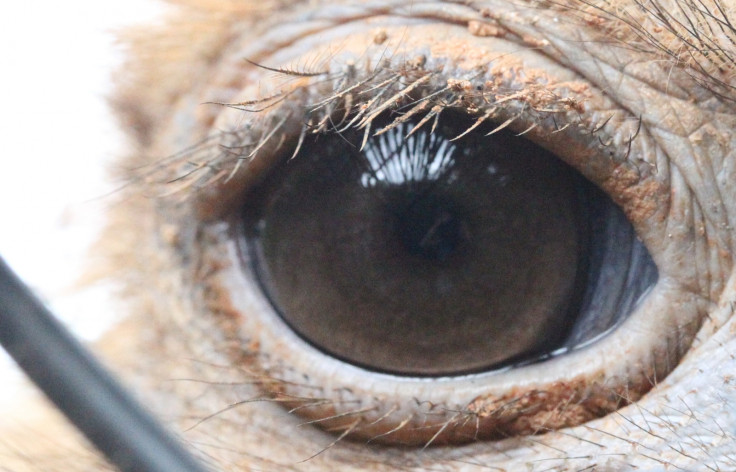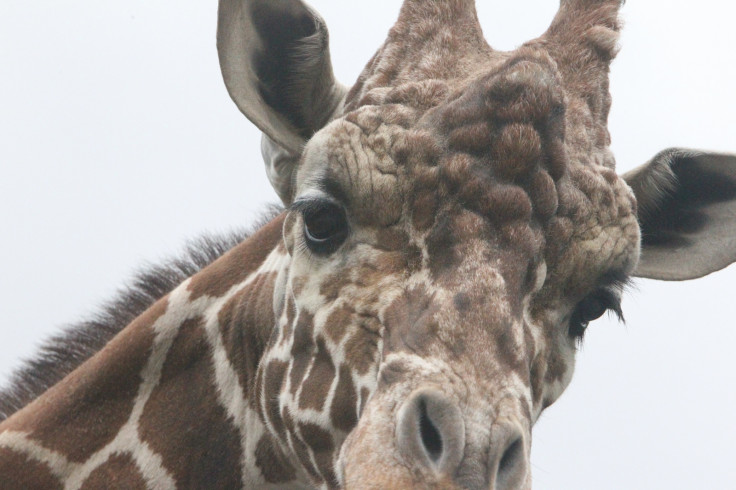Why do we have eyelashes? Mystery finally solved by scientists
The exactWhy we have eyelashes has long been an issue of speculation, but scientists have finally solved the mystery, showing they stop eye moisture evaporation and protect the eye from dust particles.
In the first aerodynamic study of eyelashes ever performed, researchers from Georgia Tech looked at 22 different mammal species to find out what purpose eyelashes serve.
Published in the Journal of The Royal Society Interface, researchers looked at species ranging from hedgehogs to giraffes to find out that eyelashes on average measure a third of the width of the eye – the length that reduces both evaporation rates and particle deposition.
"Eyelashes are ubiquitous, although their function has long remained a mystery. In this study, we elucidate the aerodynamic benefits of eyelashes," the authors wrote.
Researchers used scaling theory to determine the optimum length of the eyelash – too long or too short and the benefits would not be observed.

Study author David Hu told IBTimes UK: "Eyelashes that rim the eyes in mammals have been a mystery for a long time as to what their function was. There are a lot of hypotheses, from dust catchers to triggering the blink reflex. There was speculation but no experimental studies to show it.
"What we did was the first aerodynamic study of eyelashes. We showed using three independent means that eyelashes reduce evaporation of the eye by 70% and they reduce deposition of small airborne particles."
Explaining the scaling theory, Hu said that if there are no eyelashes, air approaching would have to bend when it hits the eye. A short eyelash will produce a sort of speedbump, slowing down the air.
"As you make the speed bump higher, it protects the eye more and more – it causes the air to bend earlier and prevents the air from striking the eye. When you increase the length you get less and less flow. Less flow is associated with less evaporation and deposition."

However, when eyelashes get too long, they stop providing these protective benefits, he said: "Farther away from the eye you have faster flow and the longer eyelashes act like a channel or slide and cause air to move towards the eye. The air would rather move straight along the lashes rather than bend between them. As a result you get more flow to the eye."
Hu said there is a "sweet spot" between the speed bump and the slide where you have the best effects of both, and that this is between 0.2 and 0.5 times the eye width, which corresponds to the wind tunnel experiments they undertook, anatomical measurements, and computer simulations.
"That's the average of the 22 mammals we studied. There was some variability, but it's pretty surprising that you actually see such a correlation for mammals," he noted.
Concluding, the authors wrote: "Our study demonstrates that eyelashes divert airflows, acting as a passive dust controlling system for the eyes. They reduce evaporation and particle deposition up to 50%, indicating the evolution of eyelashes may have played a role in reducing the frequency of endogenous blinks, which replenish and clean the tear film."
© Copyright IBTimes 2025. All rights reserved.






















